
Can An Island Feed Itself?
After years of destructive weather that have disrupted Puerto Rico’s food supplies, new visions of local agriculture are taking root.
Recommendation
Puerto Rico is facing several crises at once – climate change with unpredictable destructive weather events, population migration, high crime and unemployment rates, loss of food security and dependence on imports. As Moises Velasquez-Manoff reports in The New York Times Magazine, grassroots organic farming is growing in popularity as a solution that could potentially tackle all these crises at once. The island’s experience can be useful to all those seeking to strengthen local economies and minimize reliance on global supply chains.
Summary
About the Author
Moises Velasquez-Manoff is a New York Times Magazine contributing writer. He wrote the book An Epidemic of Absence: A New Way of Understanding Allergies and Autoimmune Diseases.








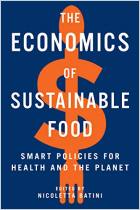
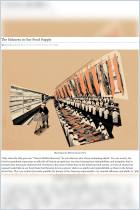

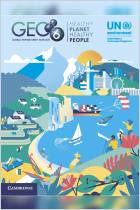
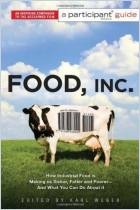
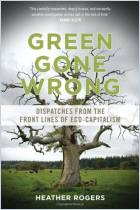






Comment on this summary